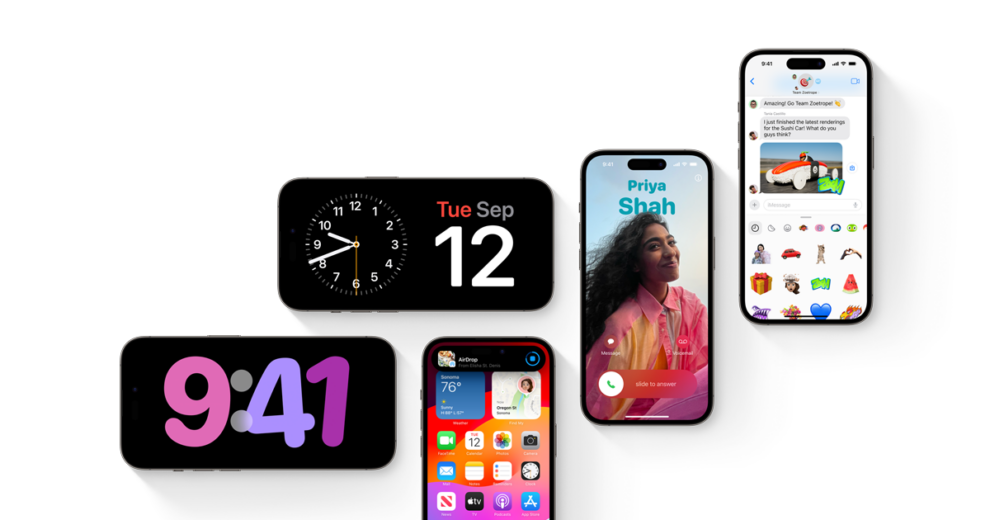Apple’s latest mobile operating system, iOS 17, faces a slower adoption rate than its predecessor, iOS 16, according to data released by the company. As of February 2024, 76% of iPhones released in the last four years have upgraded to iOS 17, compared to 81% that embraced iOS 16 at the same point last year. This apparent slowdown raises questions about user motivations and potential roadblocks hindering wider adoption.
Key Highlights:
- 76% of iPhones from the last four years run iOS 17, compared to 81% for iOS 16 at the same point last year.
- iPadOS 17 adoption surpasses iPadOS 16, highlighting differing user priorities for iPhones and iPads.
- Reasons for slower iOS 17 adoption include perceived minor feature updates, potential performance concerns, and early bugs in initial releases.
- Experts caution against neglecting updates due to security vulnerabilities and performance enhancements in newer versions.

While the difference in adoption rates might seem small, it represents a significant shift in user behavior. Experts point to several possible factors contributing to this trend:
While iOS remains the dominant operating system for iPhones, its latest iteration faces a persistent adoption slowdown compared to its predecessor iOS. Data released by Apple reveals that as of February , only two in five iPhones released in the last four years are running iOS , compared to three in four for iOS at the same point last year (February ). This widening gap highlights a shift in user behavior and potential roadblocks impacting adoption rates for iOS .
Perceived lack of major features:
Compared to iOS 16, which introduced significant UI/UX changes and personalization options, iOS 17 focused on under-the-hood improvements and refinements. While performance and security enhancements are crucial, users might not perceive these changes as impactful enough to prioritize immediate upgrades.
Performance concerns:
Early releases of iOS 17 reported battery drain and minor performance hiccups, leading some users to adopt a wait-and-see approach. While Apple addressed these issues in subsequent updates, the initial concerns might have created hesitation among a cautious user base.
Prioritization of security updates:
While adoption numbers lag behind, it’s crucial to note that the majority of users (66%) are still running iOS 17 or later versions. This highlights a continued emphasis on security updates, even if major feature additions don’t immediately entice some users.
iPadOS 17 bucks the trend:
Interestingly, iPadOS 17 adoption surpasses its predecessor, iPadOS 16. This could be due to the unique usage patterns of tablets, where performance improvements and multitasking enhancements resonate more strongly with users compared to smartphones.
It’s important to remember that the adoption rate might still climb as more users become comfortable with iOS 17 and its benefits. However, this initial lag highlights the evolving relationship between users and software updates. Users are becoming more discerning, prioritizing significant upgrades and waiting for potential issues to be ironed out before adopting new versions.
The takeaway:
Software updates offer crucial security patches and performance improvements, even if they lack flashier features. Weighing the benefits against potential inconveniences remains a delicate balancing act for users. While iOS 17 adoption might be slower than expected, it doesn’t diminish the importance of staying updated, especially considering the ever-evolving threat landscape and performance optimizations offered by newer versions.


















